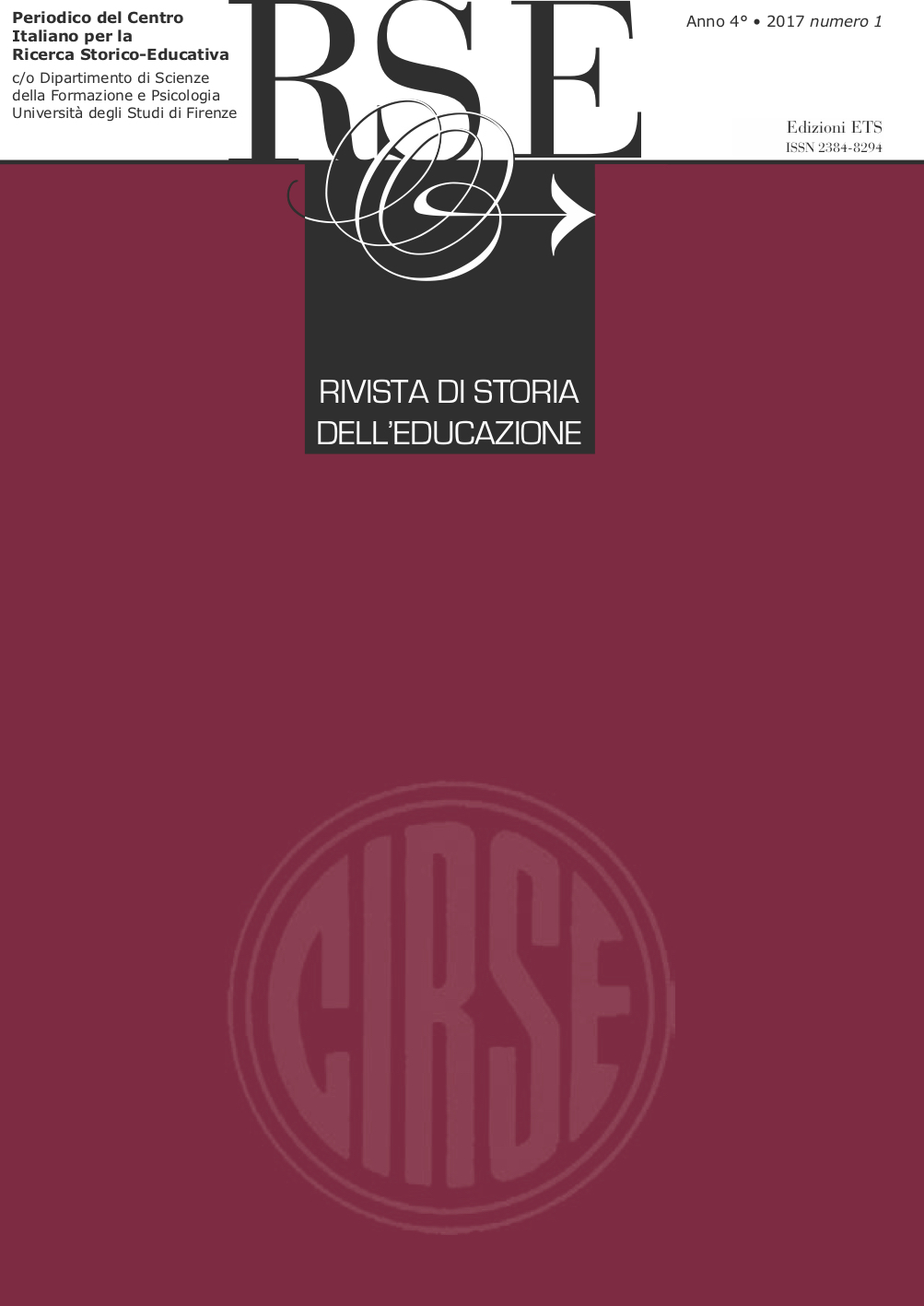Fighting for Civil Rights: school desegregation in Boston (1965-74). School Desegregation in Boston (1965-74)
Published 2019-05-29
Keywords
- Arthur W. Garrity; Boston; Louise Day Hicks; public school; Racial Imbalance Act; racial segregation
How to Cite
Abstract
The article aims to reconstruct the public dissent by part of Boston citizenship about an event which has shocked the Massachusetts’ public eye for a decade. It is a paradox that the center of US education and homeland of Kennedy progressivism, generated a brutal opposition by its population, sometimes resulting in lynching attempts towards the African-American minority. Between 1960s and 1970s, Boston was shocked by a period of urban protests concerning the change of public school system. The core of Irish-American citizenship, led by the president of Boston School Committee, Louise Day Hicks, opposed to the Racial Imbalance Act in 1965. This law supported the improvement of the Boston school body’s racial balancing within public schools. In 1972, the court case Morgan v. Hennigan created a gap in the Boston public school system, which kept supporting segregation. The status quo of this clear segregation between white and non-white students lasted until 1974, when the US federal judge Arthur W. Garrity claimed the Boston public schools as segregationist, forcing the moving (by three years) of 20,000 non-white students within ‘white’ public schools. This coercive approach proved to be a failure during the so-called Boston Busing Crisis (1974-88) and led to several clashes between the law enforcement and the inhabitants of South Boston neighborhood. The lack of closeness between federal authorities and Boston citizenship let to an ethnic struggle, which produced a big decrease of the attendance in public schools.

